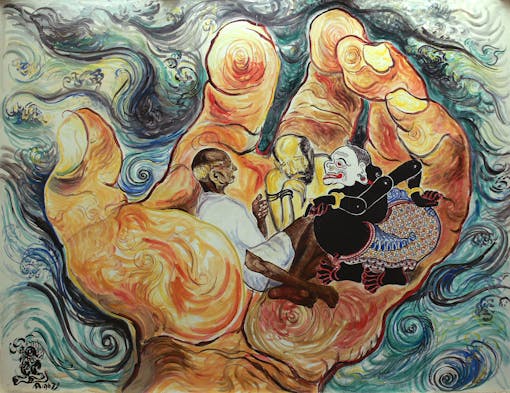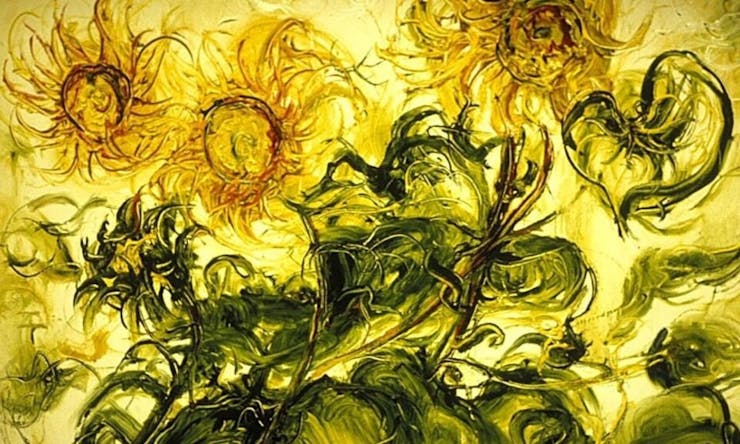Almost eight decades of cannabis prohibition has created a unique landscape of stigmas and myths. Mental health, cognitive functioning, and even our behavioral tendencies have all been swept up in the storm of “Reefer Madness.” Luckily we're now living in an exciting era where misinformation gets flushed away with emerging science. Here are three more studies contributing to the disentanglement of cannabis myth and fact.
1. Anxiety and Cannabis: a Two-Way Street

Anxiety can go either way with cannabis: some consumers may feel paralyzed by paranoia while others are able to let worries float away with the exhale. A new study published in the journal Neuron further explores marijuana’s effect on the amygdala, the area of the brain associated with fear and anxiety. Data from animal models showed that the amygdala produces its own marijuana-like compounds called endocannabinoids, which primarily act to reduce anxiety. As for individuals who report increased paranoia, the research team speculates that their cannabinoid receptors are more sensitive to sudden floods of THC. However, more research substantiating this theory is needed.
2. Working Memory Unaffected by Cannabis

Arguably, the most annoying side effect of cannabis is that spacey, absent-minded feeling that leads you to do things like forgetting the point of the story you were telling, or using a loaded glass pipe to stir the guacamole instead of a spoon. A recent study published in Addict Biology reassures us that side effects like these are indeed short-term only. A three-year evaluation of current heavy consumers, abstinent heavy consumers, and non-consumers demonstrated that cannabis use does not impair working memory network function, the short-term memory responsible for verbal and visual processing.
3. Cannabis Use Up, Cocaine Use Down

Recent science and surveys have reduced the marijuana “gateway drug” theory to tattered remnants, but as long as there are still people subscribing to it, we’ll welcome additional evidence with open arms. A new analysis spanning from 2006 to 2010 shows that marijuana consumption has increased over 30 percent while cocaine use has fallen a staggering 50 percent. “These figures are consistent with supply-side indicators, such as seizures and production estimates,” the study’s authors added.
Image sources: Affandi’s Sunflowers, Great Wall of China, Wisdom of the East, and Untitled





